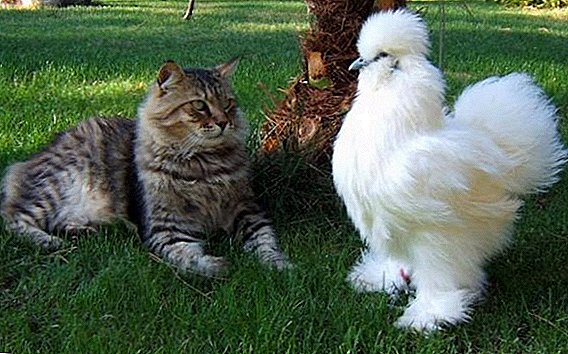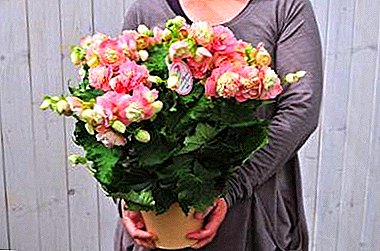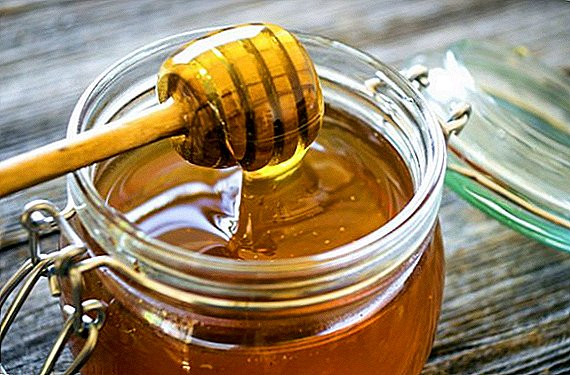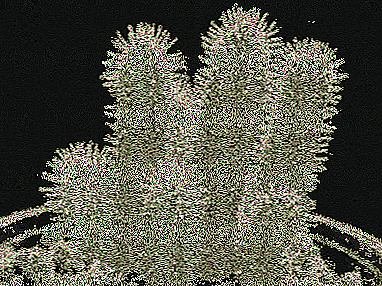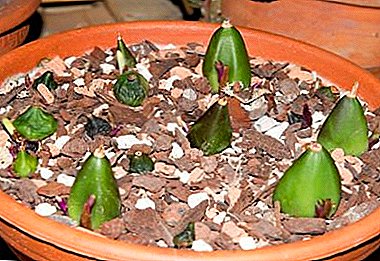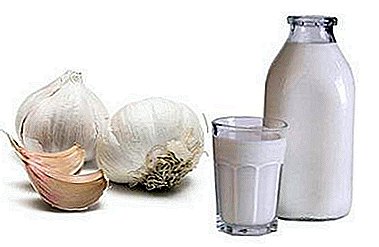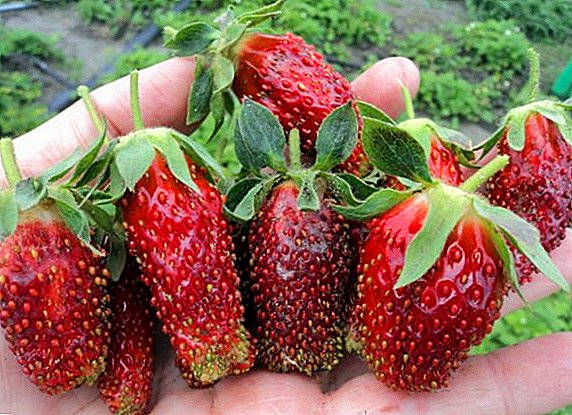 Anthurium belongs to one of the most numerous families - Aroids. The flower was popular in the 30s-40s of the 20th century. However, interest in him remains. In order to maintain it in your home, you need to know a number of rules. In particular, it is necessary to take into account the requirements for the soil, because the anthurium is a tropical plant. Read how to pick it up below.
Anthurium belongs to one of the most numerous families - Aroids. The flower was popular in the 30s-40s of the 20th century. However, interest in him remains. In order to maintain it in your home, you need to know a number of rules. In particular, it is necessary to take into account the requirements for the soil, because the anthurium is a tropical plant. Read how to pick it up below.
Features of growing and caring for anthurium
High-quality anthurium care implies regular watering and temperature control. But the most attention in the care should be paid to the soil in which the flower grows. To begin with, we offer to deal with irrigation, temperature levels and relative humidity of the air, as well as lighting and the best place for a flower in the room.
Did you know? There is a sign associated with anthurium. It is believed that it should be given to lonely men so that they quickly find their beloved.
Watering anthurium should be carried out daily:
- watered ground twice a day from above with cool water. This provides hydration of the root system as a whole;
- sprayed leaves and buds that also need water.
This watering is carried out in the warm season. With the onset of cold weather, watering is reduced to once a day. At the same time it is necessary to ensure that the soil does not turn into a swamp. Otherwise, the likelihood of pests and diseases is high. Comfortable temperature for anthurium is + 25 ° С and higher. The flower is tropical and can not do without heat even in winter, so it is important to monitor the temperature in the room.  The location of the plant must be chosen on the basis of the possibilities of maintaining the humidity of the air, which should not be below 85%. It can be placed in the bathroom, if there are windows. If you want to place it in the kitchen, then the orientation of the windows should be western. At the same time in winter it must be moved to the south windows. Anthurium needs lighting 12 hours a day, but the sun's rays should be indirect. Also install artificial lighting fluorescent lamps in the winter.
The location of the plant must be chosen on the basis of the possibilities of maintaining the humidity of the air, which should not be below 85%. It can be placed in the bathroom, if there are windows. If you want to place it in the kitchen, then the orientation of the windows should be western. At the same time in winter it must be moved to the south windows. Anthurium needs lighting 12 hours a day, but the sun's rays should be indirect. Also install artificial lighting fluorescent lamps in the winter.
Important! Anthurium is a poisonous flower, so it must be kept out of the reach of children and animals.
The content of anthurium in the apartment is quite complicated, because you need to often ventilate the room and maintain humidity. It is better to take root in private homes, where it can be put on the street in the summer. The soil needed by a tropical flower includes humus. Also, the substrate should be slightly acidic (5.5-6.5 pH). Top dressings are carried out before flowering and after, it is desirable to make complex fertilizers.
You can also use as a top dressing:
- mullein (1 tbsp. Per 1 liter of water);
- bird droppings (1 tsp. For 1 liter of water).

Soil requirements
For the maintenance of anthurium need a structural soil. It retains heat better and has good water permeability. Such soil differs in air permeability. It also detains nutrients and does not allow them to quickly wash out due to frequent watering.
The soil must be fresh and not acidic, otherwise the anthurium will not take root. In order for the substrate to comply with the demanding anthurium, you must first make disinfection. This procedure will reduce the risk of disease and pests.
Learn how to grow anthurium.
There are several types of disinfection:
- Heat Treatment. Ready soil poured on a baking sheet or container that can be used for the oven. The temperature is set at + 80 ... + 100 ° C. The whole procedure takes an hour if the minimum temperature is set at + 80 ° C, and 40 minutes if + 100 ° C.
- Low temperature treatment. This procedure is carried out in the winter. The minimum temperature outside should be -7 ° C. The earth is kept for 5 days in the cold, and then brought back into the room.
- Steam treatment. To do this, you need to make a steam bath and place a grate over it. After that, pour the primer into cotton fabric and wrap. A parcel with a primer must be put on the grid. Stand for 1.5 hours.
- Fungicides. This is a quick way to effectively disinfect the soil. Any fungicide is always the instructions for use. If you do not want to use chemical treatment, that is, biologics, which are also aimed at disinfecting the soil.

What should be the composition of the soil
The composition of the soil for the maintenance of a tropical flower may include peat, coniferous bark, sand with large grains, sphagnum moss, wood ash, vermiculite, turf. All these components are not mandatory, among them the base of the soil includes only the usual floral soil, peat and coniferous bark (crushed), which support the weak acidity of the substrate and high humidity.
Did you know? "Cockscomb" - this is the name of anthurium in France.
However, to improve water permeability and preserve the roots, it is recommended to add wood ash. Vermiculite, for example, comes as an addition to supplements and maintains the balance of minerals. The ratio of soil, peat and coniferous bark should be 1: 1: 1.
How to make a primer for anthurium do it yourself at home
If you have all the necessary components, then you can make the soil for the anthurium yourself, especially since you will be confident in the quality of the material and you will not be able to buy the finished substrate in the future.  Soil for a tropical plant can be done by the following methods:
Soil for a tropical plant can be done by the following methods:
- Pour into the tank one part of peat, one part of sphagnum moss, one part of coniferous bark (having previously ground it), two parts of turf and one part of usual flower soil. All this mix. The mixture is ready.
- You will need sand with large grains (you can use river) 1/2 parts, humus and peat, usual soil and coniferous bark in the ratio 1: 1: 1: 1. First, peat is mixed with coniferous bark and soil, then separately humus and sand. Everything is laid out in layers in a container, alternating a layer of peat and coniferous bark, humus and sand.
- Turf, sand, sphagnum moss and peat in a proportion of 2: 1: 1: 4, respectively. Mix everything and pour it into the prepared container. Ground for planting anthurium ready.
Choosing the best finished soil
In the case when you do not want to spend time on the preparation of soil mixture, it can be purchased. For anthuriums, it is rarely possible to meet separately packaged soil, but such is available in specialized stores. You can also use a substrate that is suitable for orchids. This is also a tropical plant, and anthurium will take root well in it. However, it is worth adding coniferous bark or wood ash.
Important! Be sure to warm the soil, even if it was purchased in the store.
Here are tips to help you choose a soil mix for planting anthurium:
- pay attention to acidity. It often happens that in seemingly ideal soil, the plant dies immediately. A pH above 6.5 will indicate a high acidity;
- choose soil mixtures with the addition of hydrogel. Its presence helps to accumulate moisture, which tropical plants constantly need;
- import - does not mean better. Domestic manufacturers make high-quality substrate, which can be at a price lower several times, so it is better to compare the compositions of both imported and domestic firms;
- soil fraction. This means that the structure of the soil should be quite large. First, the roots grow better and have something to cling to, and secondly, the air permeability is maintained over time. A suitable fraction is considered to be 3 or 4 mm.

Signs of a Wrong Land
The composition of the soil affects the amount of nutrients that anthurium can make. If the soil mixture is not properly selected, the plant will simply die.
So, here are some signs that something is wrong with the soil:
- yellow leaves. Indicate a lack of iron or high acidity;
- withering signals the lack of moisture in the substrate;
- root decay indicates the presence of pests or excess water in the soil. In a healthy state, the roots must be white;
- drying out. Speaks of poor drainage.
Read also about why anthurium does not bloom and what to do.
Now you know how to care for anthurium and what kind of earth suits him. The decorativeness and durability of tropical flowers largely depends not only on the amount of light and temperature, but also on the composition of the soil, so be attentive to your plants.


